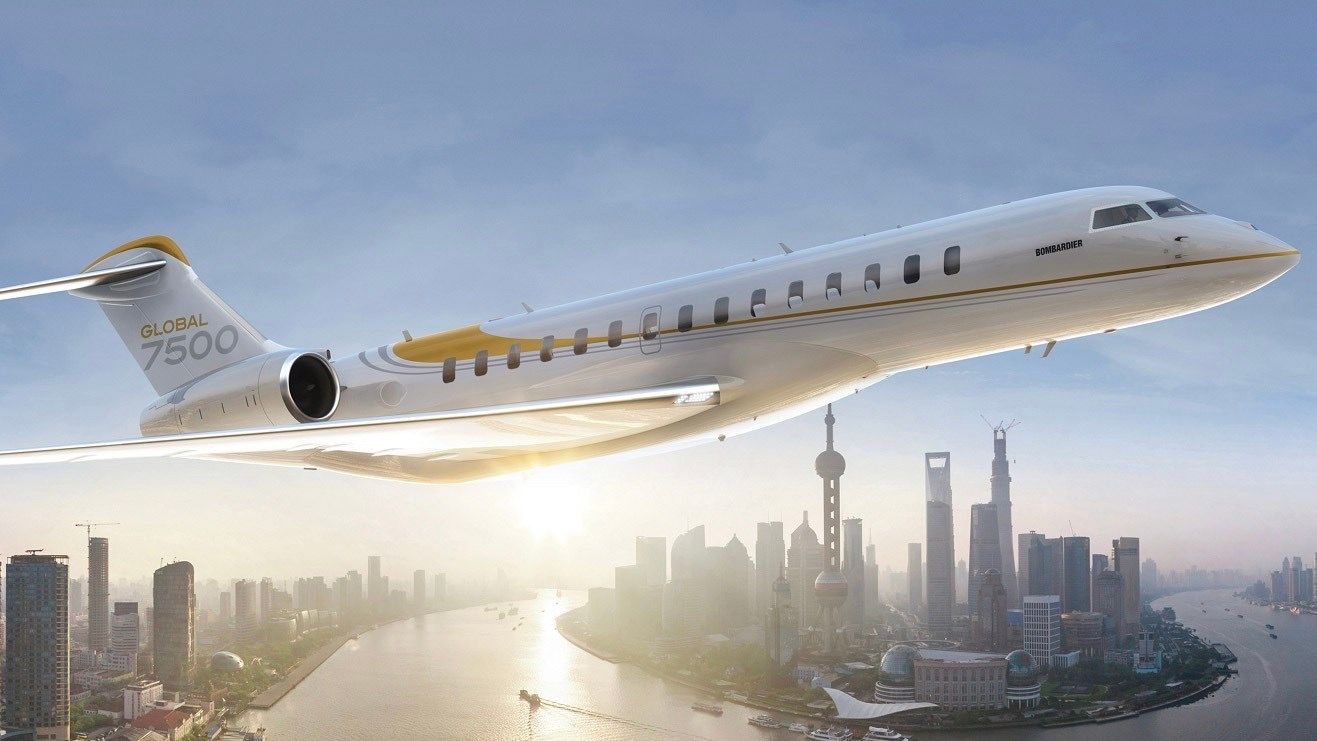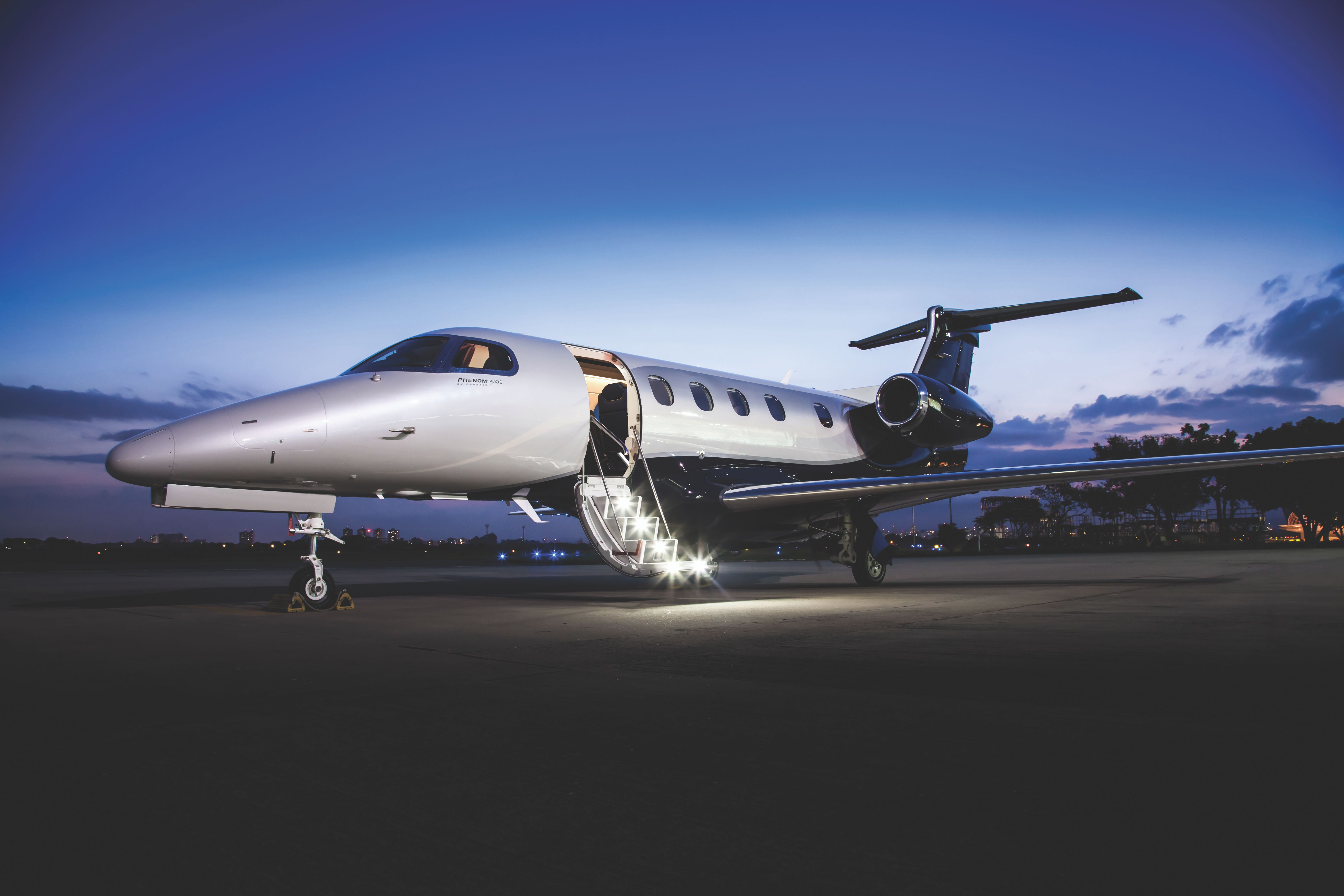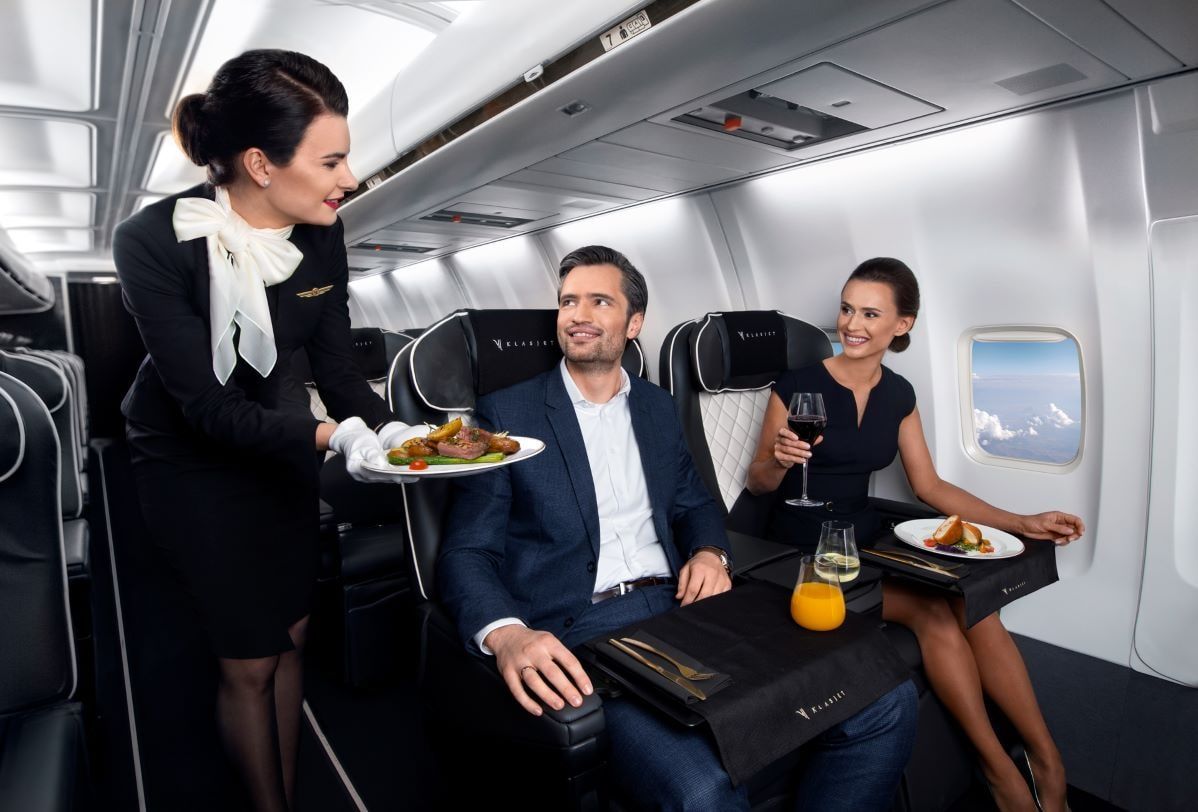Summary
- Private jets with 19 or fewer passenger seats are not required to have trained cabin crew, creating a safety loophole.
- Some business jets employ inexperienced staff from the hospitality industry as cabin crew, compromising safety and emergency procedures.
- Not having trained cabin crew on private jets poses several risks, such as not knowing how to handle medical or fire incidents.
You would think that the cabin crew would be trained when spending such a considerable amount of money on a private jet or a private jet charter. However, this is not always the case. Let’s explore further and see how this can happen.
The regulations
It doesn’t matter whether the aircraft is a privately owned jet or owned by a company; when chartered out, it could be that the cabin crew has never completed any form of safety or emergency training. This is because there is a ‘loophole’ that allows such action. The US Federal Aviation Administration (FAA) states, “Flight attendants are not required to be present on an aircraft operated under 14CFR part 135 if that aircraft has 19 or fewer passenger seats.”
Photo: Embraer
The European Union Aviation Safety Agency (EASA) says under ORO.CC100 “At least one cabin crew member shall be assigned for the operation of aircraft with a MOPSC (Maximum Operational Passenger Seating Configuration) of more than 19 when carrying one or more passengers.” So, in basic terms, any aircraft with 19 seats or under does not officially require a flight attendant. This does vary in some areas of the world, and there are exceptions to the rules.
Lacking proper flight attendants
This loophole means some private jets will not have any cabin crew onboard. Some, indeed, may well only travel with a flight crew onboard. This ‘opportunity’ has seen a shift in business jet operators, especially within Europe, hiring people from 5-star hotels and restaurants or yachts and putting them onboard for service. These people have several different names, including ‘inflight service provider’ and ‘cabin host,’ but they are not always trained in cabin safety or emergency procedures.
Photo: Gulftstream
This allows the operator to save money as they don’t need to pay for extensive training that most airline cabin crew must go through. That said, many ex-airline cabin crew do go on to work on private jets as it’s the next challenge in their career. Post-pandemic, the business aviation industry boomed, but unfortunately, salaries for cabin crew dropped in both the commercial and business aviation sectors.
Changes in the industry
Getting a job on a private jet was previously very difficult, and it required years of working in the first class cabin with a legacy airline. Now, the trend is for young, good-looking, inexperienced crew based on low salaries, leading to the hiring of many ‘inflight service providers.’
Photo: Klasjet
In the Middle East especially, age limits restrict many cabin crew as the cut-off is 30 for many airlines and operators. Safety and service standards have also dropped considerably as older, experienced cabin crew are phased out, who previously would mentor new crew members.
The risks of not having trained crew
When cabin crew members are untrained, they are usually not allowed to operate the aircraft door, which is tasked to the pilots only. However, this would be an issue if there were an emergency situation. What if there was a fire onboard, and the inflight service provider did not know how to extinguish it? What if the aircraft owner had a medical emergency and the inflight service provider had no first aid training? What if there is a decompression or the pilot becomes incapacitated? It would all be too late, and all lives onboard are at risk. There is an assumption that emergencies don’t happen on private jets, but they can and do happen.
What Does Working As A Private Jet Flight Attendant Entail?
By boarding an aircraft with ‘crew members’ of little or no experience, you are taking a big risk with your safety. It is well worth asking if the cabin crew is qualified to work on a private jet and what experience they have. Passengers would otherwise be under the impression that the ‘crew member’ would know what to do in an emergency evacuation or if they had a heart attack. It is indeed a terrifying thought.
If someone has the money to buy a private jet, they should at least have a trained and qualified crew onboard. In the US, things are better because you cannot discriminate, and there are more facilities for training for private jet crew. In Europe and the Middle East, there is still a long way to go.



.png)
